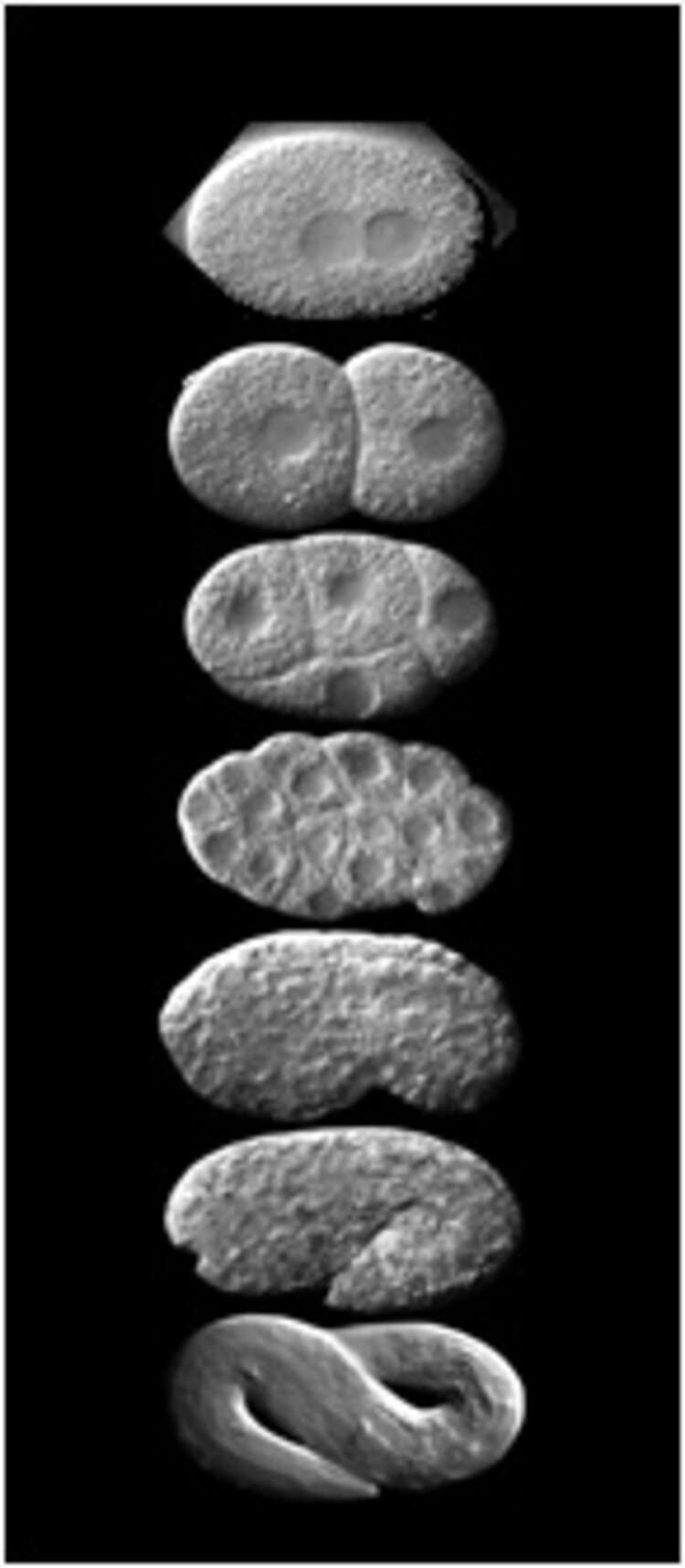Main Content
The Skin I Live in
The forces that shape embryos, and how embryonic cells respond
Embryos undergo dramatic morphogenetic movements during development. For example, C. elegans embryos begin as a compact ball of cells and elongate into a thin tube. During these movements, C. elegans skin must be able to withstand the pulling and pushing of cells and tissues without coming apart at the seams. How do they do this?
We are examining the formation of the epidermis and its maturation as the embryo elongates. We have identified factors critical to make the epidermis – from transcription factors that regulate the onset of epidermal gene expression to proteins involved in polarizing and reinforcing cells. We also found that epithelial cells localize RNAs coding for junctional proteins at the junction. This process is unusual in that localization depends on translation in cis, rather than UTRs, which is the more classically studied pathway.
You can read a little more here:
What got us started:
Tocchini et al., Translation-dependent mRNA localization to Caenorhabditis elegans adherens junctions. Development, 2021.
von Stetina et al. Temporal regulation of epithelium formation. Mol Biol Cell, 2017.
Portereiko, M. P et al., ZEN-4/MKLP1 is Required to Polarize the Foregut Epithelium. Current Biology, 2004.
Photo: Bruce Draper, Steve von Stetina




